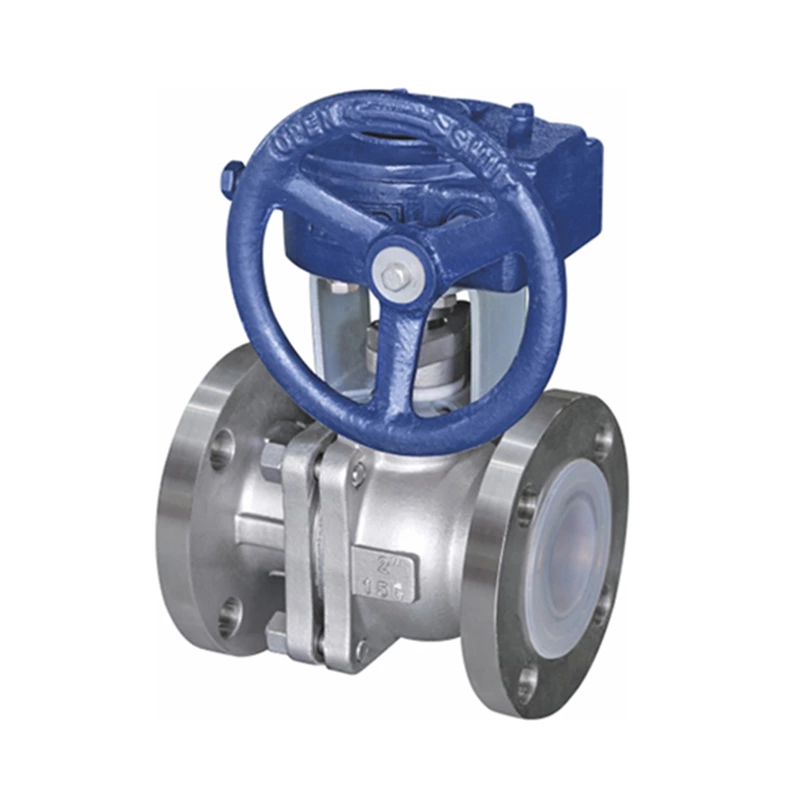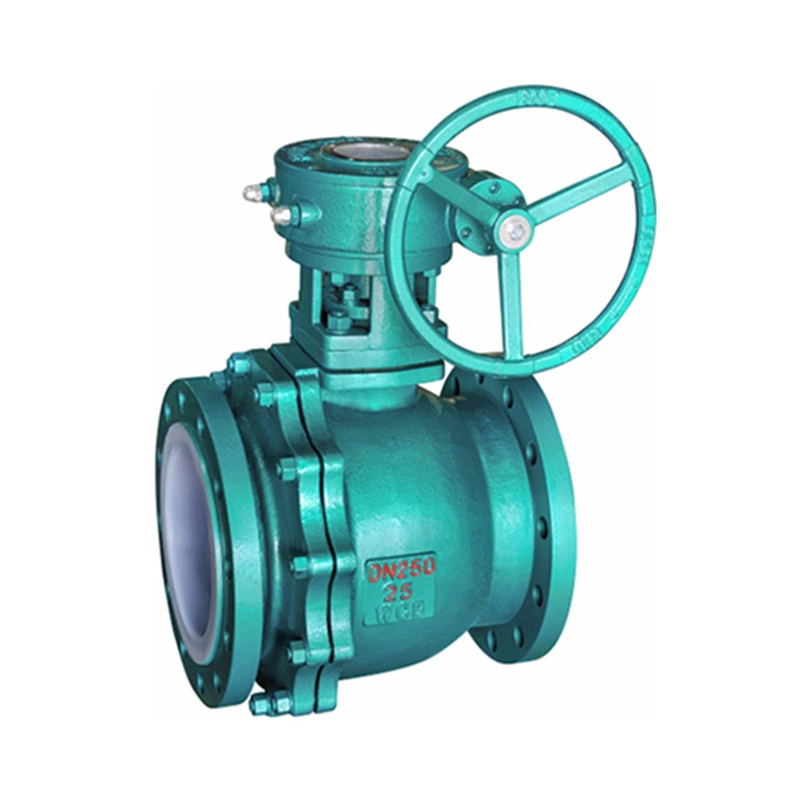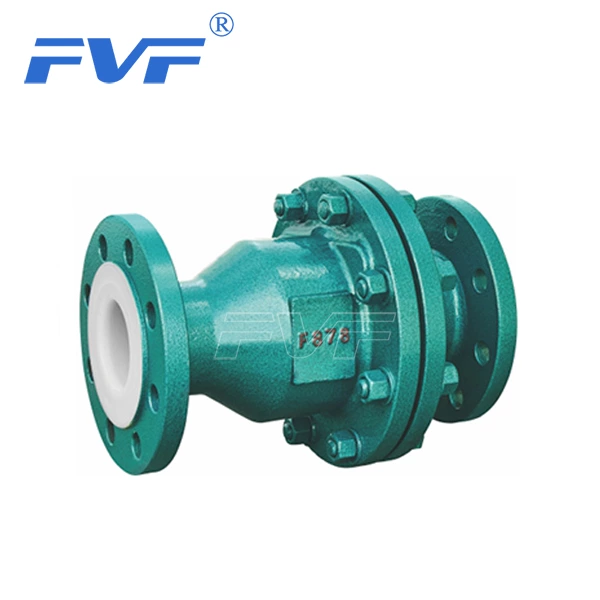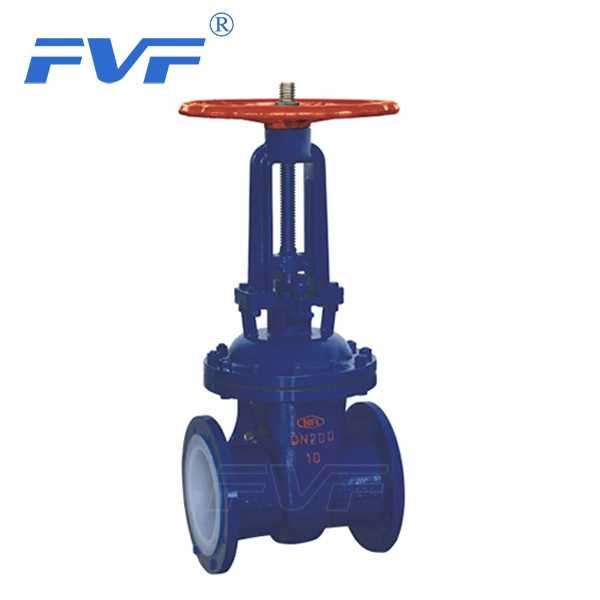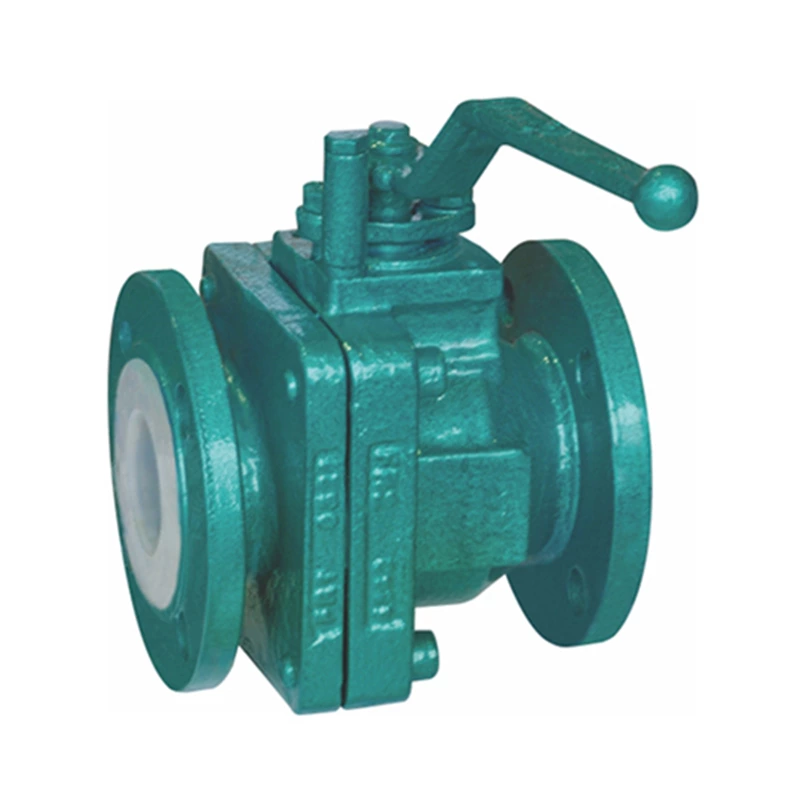What Is The Temperature Resistance Of Fluorine-lined Valves?
Lined Valve is widely used in the chemical and petrochemical industries because of its excellent corrosion resistance and chemical stability. Among them, temperature resistance is a very critical factor, which directly determines its scope of use and life. So how high is the temperature resistance of fluorine-lined valves? The following fluorine-lined valve factory will explain it in detail.
The temperature resistance of fluorine-lined valves mainly depends on which fluoroplastic its lining material is. Several common fluoroplastics and their temperature resistance ranges are as follows:
● PTFE (polytetrafluoroethylene): -180℃ to +260℃
● PFA (perfluoroalkoxy resin): -200℃ to +260℃
● FEP (fluorinated ethylene propylene): -100℃ to +200℃
● PVDF (polyvinylidene fluoride): -40℃ to +150℃
Although the temperature resistance range of these fluoroplastic materials is very wide in theory, in actual use, we must also consider the overall structure of the valve, sealing performance and the impact of long-term use. Normally, the actual operating temperature range of fluorine-lined valves is between -50℃ and +200℃. This can already meet the needs of most industrial occasions.
In addition to the lining material, there are some other factors that will affect the temperature resistance of fluorine-lined valves:
● Valve structure: For example, the design of the valve body and valve seat will affect the distribution of thermal stress.
● Sealing material: The temperature resistance of seals such as O-rings also needs to be considered.
● Pressure conditions: Under high pressure environments, the temperature resistance of materials may decrease.
● Medium characteristics: Certain chemical media may affect the performance of materials at high temperatures.
When users choose fluorine-lined valves, the following suggestions are recommended:
● Choose the appropriate fluorine-lined material according to the actual operating temperature.
● For safety reasons, it is recommended to leave a certain temperature margin when selecting.
● Not only should we pay attention to the maximum and minimum temperatures, but also consider the frequency and amplitude of temperature fluctuations.
● For special applications, special temperature resistance tests may be required.
Summary:
The temperature resistance of fluorine-lined valves is a very important characteristic, which is directly related to its application range and service life. Although most fluorine-lined valves can operate between -50℃ and +200℃, the actual working environment, medium characteristics, pressure conditions and other aspects must be considered when making a specific selection.

